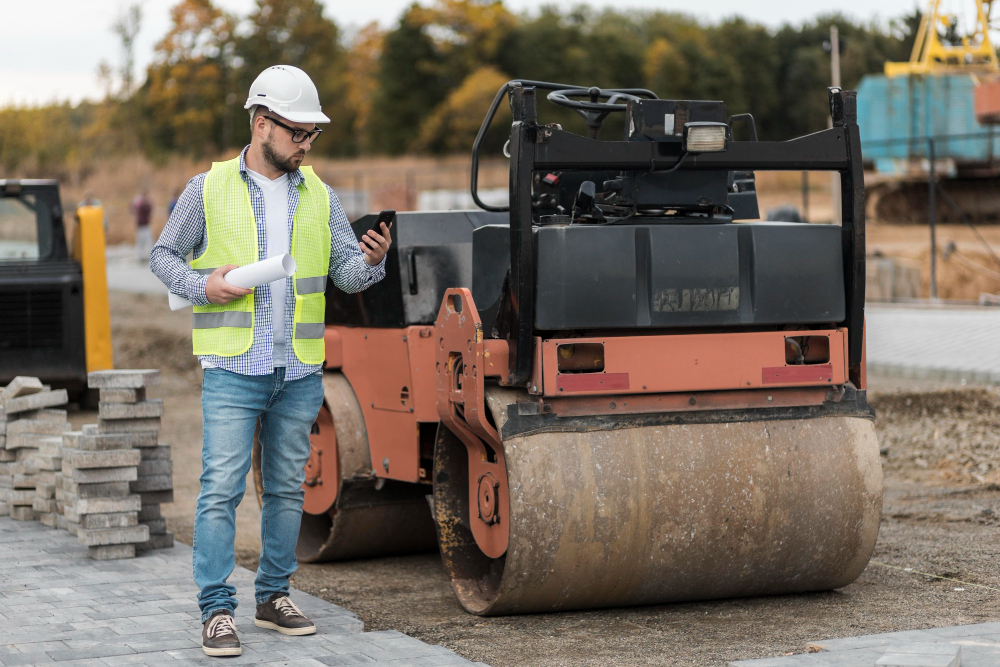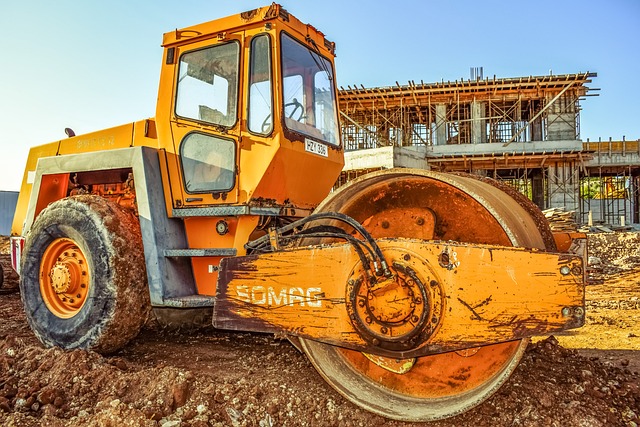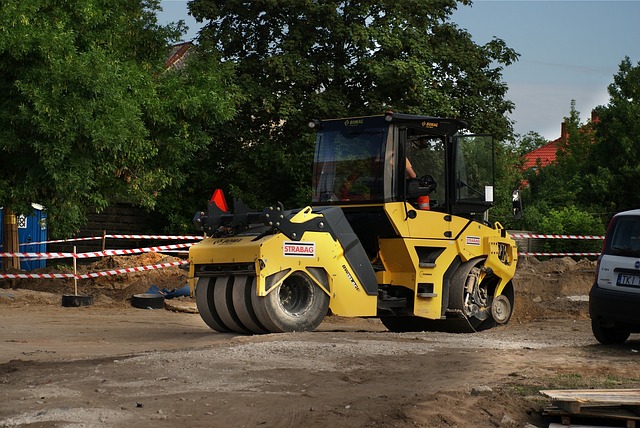In the world of construction, achieving a stable and compact ground is crucial for the success of any project. This stability ensures that there are no air pockets underground that could disrupt construction activities. To achieve this, roller compactors, a specialized type of construction equipment, are used extensively.
The Importance of Roller Compactors
Roller compactors, commonly known as road rollers, are essential for soil compaction and ground stabilization. These machines have evolved significantly from their early days when they were horse-drawn and used primarily for agricultural purposes. Despite the fact that the term “steam roller” still exists from the time when they were steam-powered, modern rollers are highly specialized for various types of compaction tasks.
Types of Roller Compactors and Their Uses
1. Cylindrical Rollers
Description: Cylindrical rollers are among the simplest types of rollers. They are lightweight, walk-behind machines that do not require an engine.
Specifications: Typically measuring about 1 meter in diameter, they are made of materials such as iron, stone, or concrete.
Use Case: These rollers are ideal for small and private projects like yard work or minor landscaping tasks. They are pushed manually and are best suited for compacting small areas.
2. Grid Rollers
Description: Grid rollers are characterized by their steel drum that has a grid-like pattern of steel bars. The drum can be ballasted with additional weight to increase the contact pressure.
Specifications: These rollers are usually towed behind tractors or other heavy machinery.
Use Case: Grid rollers are excellent for compacting well-graded, coarse soils, weathered rocks, and subgrade or sub-base road construction. The grid design allows for high contact pressure with minimal kneading action, making them suitable for specific types of soil and road construction tasks.
3. Pneumatic Rollers
Description: Pneumatic rollers, also known as pneumatic tire rollers, feature several rows of rubber tires that provide uniform pressure across the width of the roller.
Specifications: These large, ride-on rollers offer approximately 80% coverage area due to the arrangement of the tires.
Use Case: They are commonly used for pavements, as well as for cold-laid bituminous or cold mixed pavements. The rubber tires help smooth and polish surfaces, making them ideal for finishing layers of loose soil.
Learn More: Wheel Roller Compactor: It’s Essential to Boost Your Project
4. Sheepsfoot Rollers
Description: Sheepsfoot rollers, also known as padfoot or tamping rollers, have rectangular lugs or “feet” that protrude from the drum.
Specifications: The weight of the drum can be increased by adding water, damp sand, or steel sections.
Use Case: These rollers are particularly effective for compacting soil and silty clay in road construction projects. They are ideal for projects involving wet clay or fine-grained soils at significant depths. Pneumatic rollers can finish areas that sheepsfoot rollers have compacted for the best results.
5. Smooth Wheeled or Static Rollers
Description: Smooth wheeled rollers are available in two main types: single drum and double drum (tandem) rollers.
Types:
- Double Drum/Tandem Rollers: These rollers have steel drums at both the front and back, allowing for efficient compaction over large areas. They are highly effective for flattening and paving extensive sections of highways and roads.
- Single Drum/Three-Wheeled Rollers: These are more compact, with a single steel drum in front and two special wheels at the back. They are versatile and can navigate tighter spaces, making them suitable for more specialized projects.
Use Case: Smooth wheeled rollers are ideal for flat or gradually sloped surfaces like asphalt. However, due to their limited traction, they are not recommended for specialized compaction tasks requiring significant grip or maneuverability.
6. Vibratory Rollers
Description: Vibratory rollers are similar to smooth wheeled rollers but are equipped with a vibrating mechanism.
Specifications: The vibration helps in compacting and flattening surfaces more effectively by eliminating natural air pockets within the soil, asphalt, or concrete.
Use Case: These rollers are particularly useful for projects involving soil, asphalt, or concrete with natural voids that need to be compacted to prevent future structural issues. They are also effective for compacting crushed rock or gravel.
Learn More: Padfoot vs Smooth Rollers: Choosing the Right Compaction Equipment for Your Project
Conclusion
Selecting the right roller compactor is critical for the success of any construction project. Understanding the different types of rollers and their specific uses can help in making an informed decision. Whether you need a lightweight cylindrical roller for small-scale projects or a vibratory roller for maintaining structural integrity in large construction sites, choosing the appropriate equipment ensures effective soil compaction and ground stabilization.





